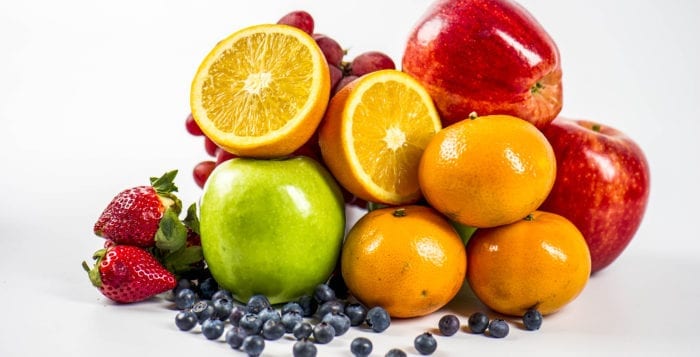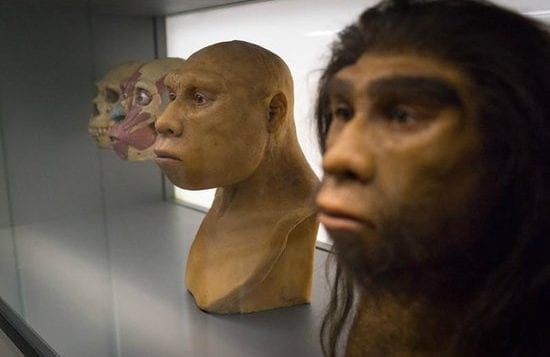Some surprising results about lifestyle
By David Dunaief, M.D.
Most of us know that type 2 diabetes is an epidemic in America and continues to grow. Type 2 diabetes was thought to be an adult-onset disease, but more and more children and adolescents are affected as well. The most recent statistics show that 50 percent of teens with diabetes between the ages of 15 and 19 have type 2 (1). Thus, this disease is pervasive throughout the population.
Let’s test our diabetes IQ. See if you can determine whether the following items are true or false.
•Whole fruit should be limited or avoided.
•Soy has detrimental effects with diabetes.
•Plant fiber provides too many carbohydrates.
•Coffee consumption contributes to diabetes.
•Bariatric surgery is an alternative to lifestyle changes.
My goal is to help debunk type 2 diabetes myths. All of these statements are false. Let’s look at the evidence.
Fruit
Fruit, whether whole fruit or fruit juice, has always been thought of as taboo for those with diabetes. This is only partially true. Yes, fruit juice should be avoided because it does raise or spike glucose (sugar) levels. The same does not hold true for whole fruit. Studies have demonstrated that patients with diabetes don’t experience a spike in sugar levels whether they limit the number of fruits consumed or have an abundance of fruit (2). In another study, whole fruit actually was shown to reduce the risk of type 2 diabetes (3).
In yet another study, researchers looked at different whole fruits to determine their impacts on glucose levels. They found that berries reduced glucose levels the most, but even bananas and grapes reduced these levels (4) — that’s right, bananas and grapes, two fruits people associate with spiking sugar levels and increasing carbohydrate load. The only fruit that seemed to have a mildly negative impact on sugars was cantaloupe. Fruit is not synonymous with sugar. One of the reasons for the beneficial effect is the flavonoids, or plant micronutrients, but another is the fiber.
Fiber
We know fiber is important in a host of diseases, and it is not any different in diabetes. In the Nurses’ Health Study and NHS II, two very large prospective (forward-looking) observational studies, plant fiber was shown to help reduce the risk of type 2 diabetes (5). Researchers looked at lignans, a type of plant fiber, specifically examining the metabolites enterodiol and enterolactone. They found that patients with type 2 diabetes have substantially lower levels of these metabolites in their urine, compared to the control group without diabetes. There was a linear, or direct, relationship between the amount of metabolites and the reduction in risk for diabetes. The authors therefore encourage patients to eat more of a plant-based diet to get this benefit.
Foods with lignans include: flaxseed; sesame seeds; cruciferous vegetables, such as broccoli and cauliflower; and an assortment of fruits and grains (6). The researchers could not determine which plants contributed the most benefit. They believe the effect is from antioxidant activity.
Soy and kidney function
Soy sometimes has a negative association. However, in diabetes patients with nephropathy (kidney damage or disease), soy consumption showed improvements in kidney function (7). There were significant reductions in urinary creatinine levels and reductions of proteinuria (protein in the urine), both signs that the kidneys are beginning to function better.
This was a small but randomized controlled trial, considered the gold standard of studies, over a four-year period with 41 participants. The control group’s diet consisted of 70 percent animal protein and 30 percent vegetable protein, while the treatment group’s consisted of 35 percent animal protein, 35 percent textured soy protein and 30 percent vegetable protein.
This is very important since diabetes patient are 20 to 40 times more likely to develop nephropathy than those without diabetes (8). It appears that soy protein may put substantially less stress on the kidneys than animal protein. This negative effect with animal protein may be due to higher levels of phosphorus. However, those who have hypothyroidism should be cautious or avoid soy since it may suppress thyroid functioning.
Coffee
Coffee is a staple in America and in my household. It is one thing my wife would never let me consider taking away. Well, she and the rest of the coffee-drinking portion of the country can breathe a big sigh of relief when it comes to diabetes.
There is a meta-analysis (involving 28 prospective studies) that shows coffee decreases the risk of developing diabetes (9). It was a dose-dependent effect; two cups decreased the risk more than one cup. Interestingly, it did not matter whether it contained caffeine or was decaffeinated. This suggests that caffeine is not necessarily the driving force behind the effect of coffee on diabetes.
The authors surmise that other compounds, including lignans, which have antioxidant effects, may play an important role. The duration of the studies ranged from 10 months to 20 years, and the database was searched from 1966 to 2013, with over one million participants.
Bariatric surgery
In recent years, bariatric surgery has grown in prevalence for treating severely obese (BMI>35 kg/m²) and obese (BMI >30 kg/m²) diabetes patients. In a meta-analysis of bariatric surgery (involving 16 RCTs and observational studies), the procedure illustrated better results than conventional medicines over a 17-month follow-up period in treating HbA1C (three-month blood glucose measure), fasting blood glucose and weight loss (10). During this time period, 72 percent of those patients treated with bariatric surgery went into diabetes remission and had significant weight loss.
However, after 10 years without proper management involving lifestyle changes, only 36 percent remained in remission with diabetes, and a significant number regained weight. Thus, whether one chooses bariatric surgery or not, altering diet and exercise are critical to maintain long-term benefits.
There is still a lot to be learned with diabetes, but our understanding of how to manage lifestyle modifications, specifically diet, is becoming clearer. The take-home messages are: Don’t avoid whole fruit; soy is potentially valuable; fiber from plants may play a very powerful role in preventing and treating diabetes; and coffee may help prevent diabetes.
Thus, the overarching theme is that you can’t necessarily go wrong with a plant-based diet focused on fruits, vegetables, beans and legumes. And if you choose a medical approach, bariatric surgery is a viable option, but don’t forget that you need to make significant lifestyle changes to increase the likely durability over 10 or more years.
References: (1) JAMA. 2007;297:2716-2724. (2) Nutr J. 2013 Mar. 5;12:29. (3) Am J Clin Nutr. 2012 Apr.;95:925-933. (4) BMJ online 2013 Aug. 29. (5) Diabetes Care. online 2014 Feb. 18. (6) Br J Nutr. 2005;93:393–402. (7) Diabetes Care. 2008;31:648-654. (8) N Engl J Med. 1993;328:1676–1685. (9) Diabetes Care. 2014;37:569-586. (10) Obes Surg. 2014;24:437-455.
Dr. Dunaief is a speaker, author and local lifestyle medicine physician focusing on the integration of medicine, nutrition, fitness and stress management. For further information, visit www.medicalcompassmd.com or consult your personal physician.


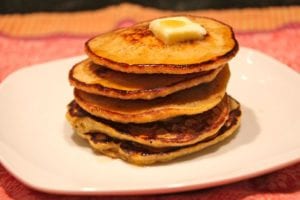

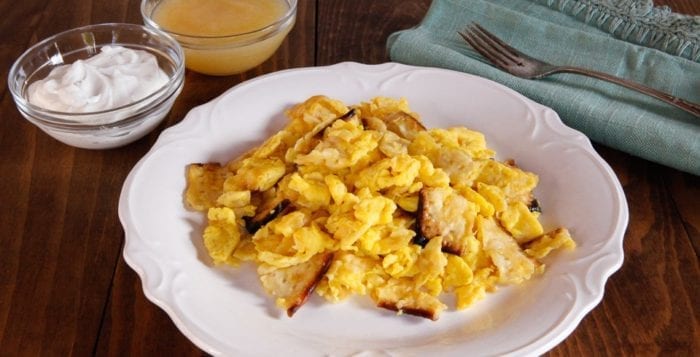

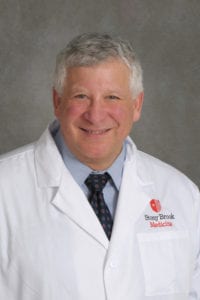
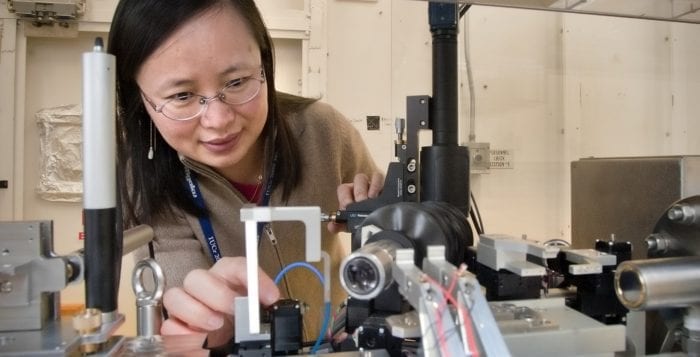
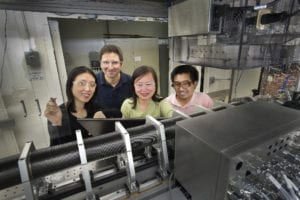







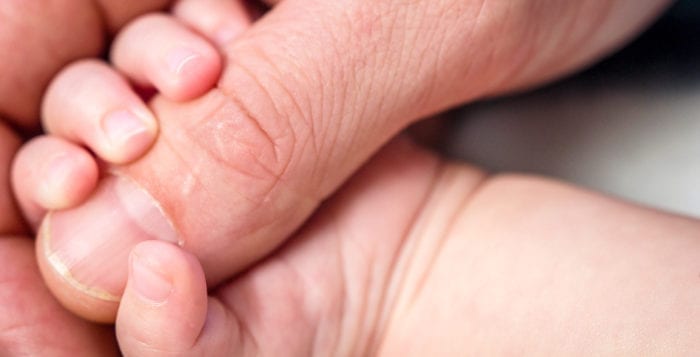

 Another way the paternity of a child born out of wedlock can be established is through an Order of Filiation. A proceeding to establish paternity may be brought in Family Court by the mother of the child, a person claiming to be the father, the child or the child’s guardian. Assuming adequate proof is submitted to the court, an order will be issued setting forth the relationship between the father and the child. Just as there is a 60-day period during which the paternity acknowledgment can be rescinded, the court has 60 days in which to vacate an Order of Filiation before it is deemed conclusive evidence of paternity.
Another way the paternity of a child born out of wedlock can be established is through an Order of Filiation. A proceeding to establish paternity may be brought in Family Court by the mother of the child, a person claiming to be the father, the child or the child’s guardian. Assuming adequate proof is submitted to the court, an order will be issued setting forth the relationship between the father and the child. Just as there is a 60-day period during which the paternity acknowledgment can be rescinded, the court has 60 days in which to vacate an Order of Filiation before it is deemed conclusive evidence of paternity.
 I was listening to the radio and a segment was introduced as “How a Mouse Plague Is a Forbidding Forecast for Lyme Disease in the Northeast,” predicting 2017 as a particularly risky year for Lyme disease. I had always focused on how close deer came to a dog owner’s property when discussing the risk of Lyme disease. I realize now that I must also ask about mice.
I was listening to the radio and a segment was introduced as “How a Mouse Plague Is a Forbidding Forecast for Lyme Disease in the Northeast,” predicting 2017 as a particularly risky year for Lyme disease. I had always focused on how close deer came to a dog owner’s property when discussing the risk of Lyme disease. I realize now that I must also ask about mice.

